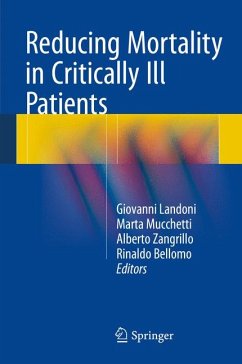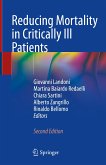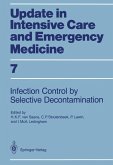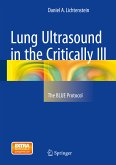This book describes the techniques, strategies, and drugs that have been demonstrated by multicenter randomized trials to influence survival in critically ill patients, defined as those who have acute failure of at least one organ, due to either a pathological condition or a medical intervention, and require intensive care treatment. Each chapter focuses on a specific procedure, device, or drug. The scope is accordingly wide, with coverage of topics as diverse as noninvasive mechanical ventilation, protective ventilation, prone positioning, intravenous salbutamol in ARDS, high-frequency oscillatory ventilation, mild hypothermia after cardiac arrest, daily interruption of sedatives, tranexamic acid, diaspirin cross-linked hemoglobin, albumin, growth hormone, glutamine supplementation, tight glucose control, supranormal oxygen delivery, and hydroxyethyl starch in sepsis. The topic selection was made using a democracy-based approach in which hundreds of specialists from dozens of countries expressed, via the web, whether they agreed with these topics and whether they used the techniques in their daily clinical practice. The clear text is supported by "how to do" sections and "key point" boxes that provide easily accessible practical information. The book will be of interest for a wide variety of specialists, including intensivists, emergency doctors, and anesthesiologists.
Dieser Download kann aus rechtlichen Gründen nur mit Rechnungsadresse in A, B, BG, CY, CZ, D, DK, EW, E, FIN, F, GR, HR, H, IRL, I, LT, L, LR, M, NL, PL, P, R, S, SLO, SK ausgeliefert werden.









